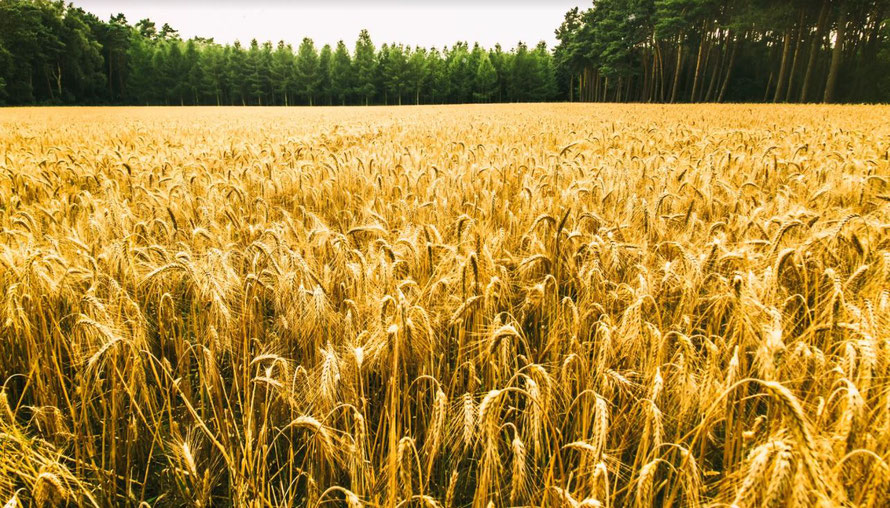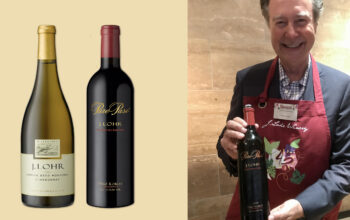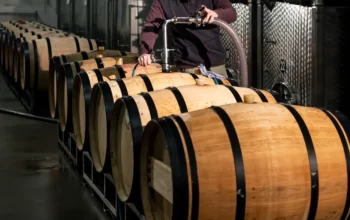When you think of gin, do you immediately think of your grandfather with one of those shot glasses in front of him? Of an old claret that breaks your nose at the first sniff and burns your throat at the first sip? Think again. Like wine and beer, gin is a modern drink. You do have to learn to taste the new soft, spicy and also sweet flavours. BY MARJOLEIN SCHUMAN
There is a riot in gin country. In the bathtub of a student house, The Stillery's spelt gin sees the light of day. Four guys from Amsterdam come up with canned gin: Kever Genever. Meanwhile, old hand in the business Wynand Fockink restyles his bottles, Boomsma fiddles with wood, Hooghoudt with spices and Lucas Bols organises a pairing of genevers with Dutch speciality beers to revive the endangered kopstootje (headbutt). And, oh anarchy, there's even an alcohol-free version.
Gin is gaining ground at lightning speed among a new generation of artisanal home distillers, among hip bartenders around the world and among us, the drinkers. Why? Because we are looking for new flavours in the glass. Because we value tradition at the same time. No country in the world can make what we can, says Bob Nolet in an interview in Esquire. He should know, because the Nolet family has been firing up the kettles daily for 11 generations, since 1691. 'The Netherlands is finally becoming proud of its genevers again.'
Making wine from grain
We head to Schiedam to taste gin for ourselves. The skyline nicely shows how connected the city is to the gin industry. Monumental warehouses, old ship masts and the world's largest windmills rising above the houses. The smell of malt wine distillation meets us. This eau de vie of grains is the base, to which extracts of juniper are added. Wine sniffers as we are, we need only follow our noses to find the first glass. We walk from the Maas past the Nolets to the Lange Haven and enter the distillery De Gekroonde Brandersketel. In the heyday of gin, around 1880, there were hundreds of such distilleries, malt houses and distilleries in Schiedam. There, grain was processed into sugar-rich malt porridge for fermentation, then distilled in a still to produce the alcohol-rich malt wine. Head distiller Rutger Vismans, with leather apron and hipster beard, swapped his office job for the craft for good two years ago. He works in the distillery three days a week and tries to distil his own brand on the other days. As he pours the first glasses, the scent of alcohol pops up but we also smell a dash of vanilla. Rutger, tell us all the secrets of gin.
How do you smell?
'What did everyone learn in chemistry? 'Don't push your nose in straight away.' Is it painful? 'Not that, but it is a fierce alcohol smell, gin you can smell far outside the glass. So just like in chemistry: hold your glass a bit further away at first and then bring it closer to the point where that smell balances. Ask yourself what you like about alcohol intensity and other scents. That's different for everyone, so I can't say anything about that. I've seen people with their nose almost at the bottom, others held the glass at arm's length.' It smells nice, like dark beer. 'Yes, we don't make a mess here.'
How do you taste?
'Tasting is a bit more specific, at least I think so, than with wine. Because you're dealing with 40 per cent alcohol here. You have to get used to that. The first sip you don't taste much. So take a sip first and let it go all the way through your mouth. It's okay to take a few moments so that every bit of it has come into contact with the alcohol. Next, take a sip and you're going to analyse that quietly on your tongue. That's how you taste a gin.' Do we swallow it? 'I've had discussions about this with wine drinkers on occasion, but swallow you do, because then it gets all over your tongue. Which is full of taste buds, so not just the tip, and your tongue extends to the back of your throat.' So are wine tasters doing it wrong? 'A practised wine taster will be able to get it to that spot without having to swallow it, although I think that's pretty clever. The reason for spitting out wine is often cited as the quantity: more than 10, sometimes 30 varieties at a tasting. But you don't taste that last wine as it is anyway. All previous drinks affect the taste of the next one. So if you start applying that obsessive wine tasting, if I may say so, to gin, you're never going to taste much. After twenty glasses, do you still pick out that little piece of cardamon with star anise and an orange peel?'
Fortunately, the sharp, spirit-like aromas we feared are absent, but different from wine tasting it is. Drink some water between gins as your taste buds go numb. And practice a lot with smelling and daring to describe the aroma. It's incredibly difficult, but the basis of good tasting.
Read the whole article in WINELIFE #66. You can order here
Don't want to miss a single edition? Subscribe then subscribe to Winelife Magazine now!




